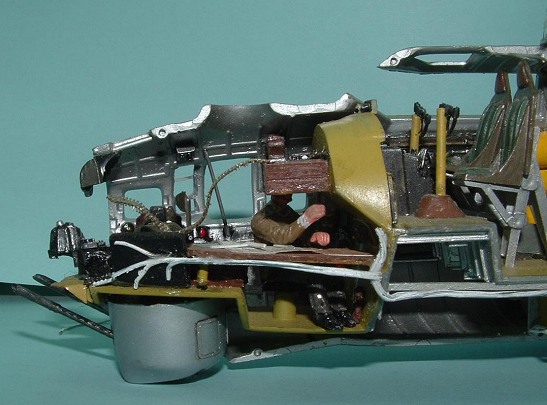
Here we outline the completion of a redesign strategy that began with a conformationally heterogeneous heme protein maquette that displays specific glutamate-mediated proton exchange coupled to heme oxidation-reduction and ends with a singularly structured diheme maquette without loss of the redox proton coupling. Despite the insight that exquisitely defined singular tertiary structure is not necessarily a prerequisite for some functions, structural visualization of the protein and the atomic-level details of the heme-binding site are essential if we are to appreciate the mechanism or integrate the elements of function to develop structures with designed enzyme activity. It has been known since the earliest heme protein maquette designs that these functional characteristics can be catalyzed by proteins with a distinct secondary structure but without a singular tertiary structure ( 1).

They also provide interiors that support clearly defined functional elements, such as redox-coupled proton exchange ( 12) or charge-driven conformational switches ( 13), which are integral components of catalysis and energy conversion in natural proteins ( 14). Maquettes have proven to be ready scaffolds for incorporating single and multiple redox cofactors and metals ( 6– 11). normal hydrogen electrode at pH 9.0), which is strongly coupled to proton binding, as designed.ĭe novo designed proteins show promise as robust, simplified working models, maquettes, with which to determine structure–function relationships that are obscured in their much more complicated natural counterparts ( 1– 5). Oxidation-reduction of both hemes displays an unusually low midpoint potential (–248 mV vs. The transition to structured holomaquette involved the alteration of 6 of 31 residues in each of the four identical helices and, unlike our earlier efforts, required no design intermediates. Heme insertion was modeled with angular constraints statistically derived from natural proteins, and the pattern of hydrophobic and hydrophilic residues on each helix was then altered to account for this large structural reorganization. 元1M was functionally redesigned to accommodate two hemes ligated to histidines and to retain the strong coupling of heme oxidation-reduction to glutamate acid–base transitions and proton exchange that was characterized in molten globule predecessors. The HP-1 design strategy began with the x-ray crystal structure of the apomaquette 元1M, an apomaquette derived from the structurally heterogeneous tetraheme-binding H10H24 prototype. We report here the design and synthesis of HP-1, a disulfide-bridged two-α-helix peptide that self-assembles to form an antiparallel twofold symmetric diheme four-α-helix bundle protein with a stable conformation on the NMR time-scale.

#MAQUETTE UPDATE FULL#
Despite successful inclusion of several key functional elements of natural proteins into a family of heme protein maquettes, the lack of 3D structures, due principally to conformational heterogeneity, has prevented them from achieving their full potential.

Synthetic heme-binding four-α-helix bundles show promise as working model systems, maquettes, for understanding heme cofactor–protein assembly and function in oxidoreductases.


 0 kommentar(er)
0 kommentar(er)
